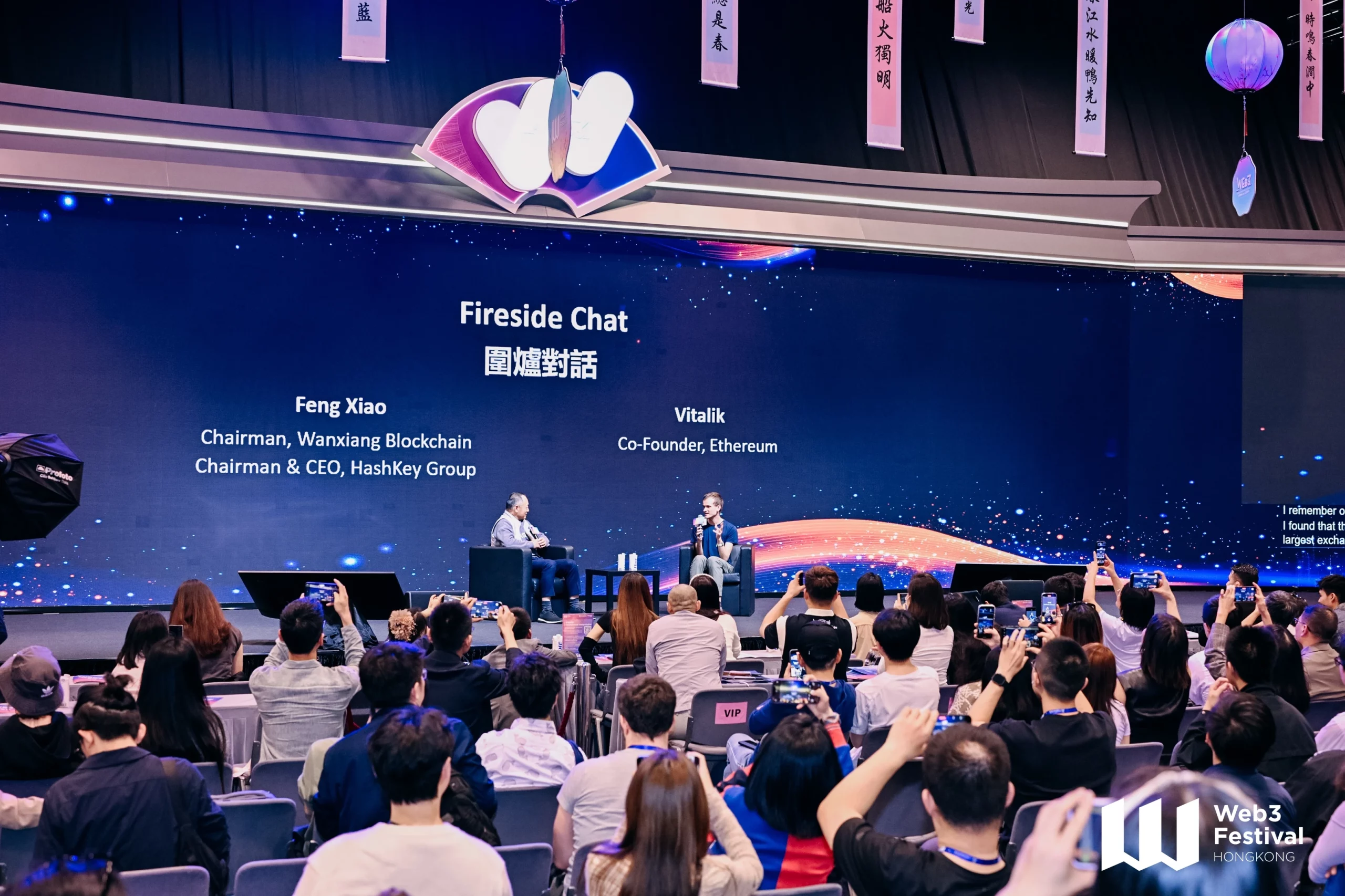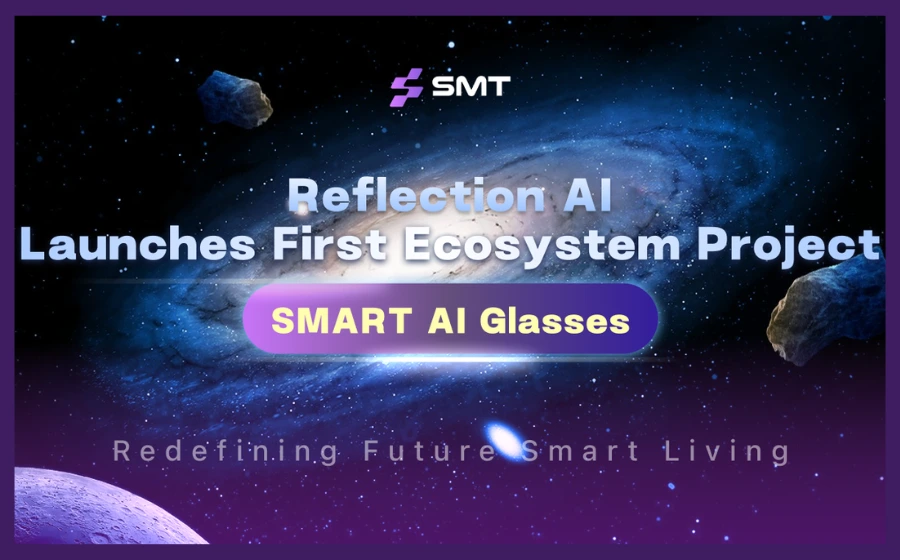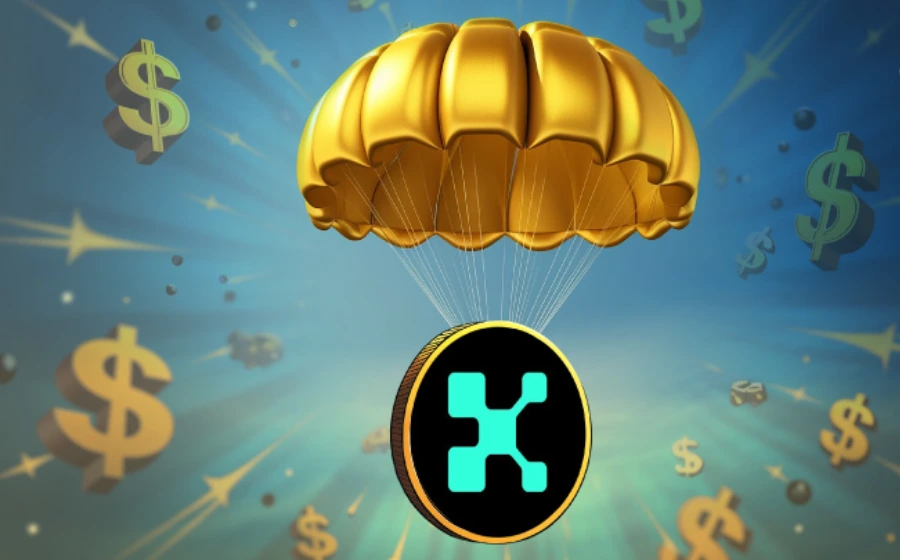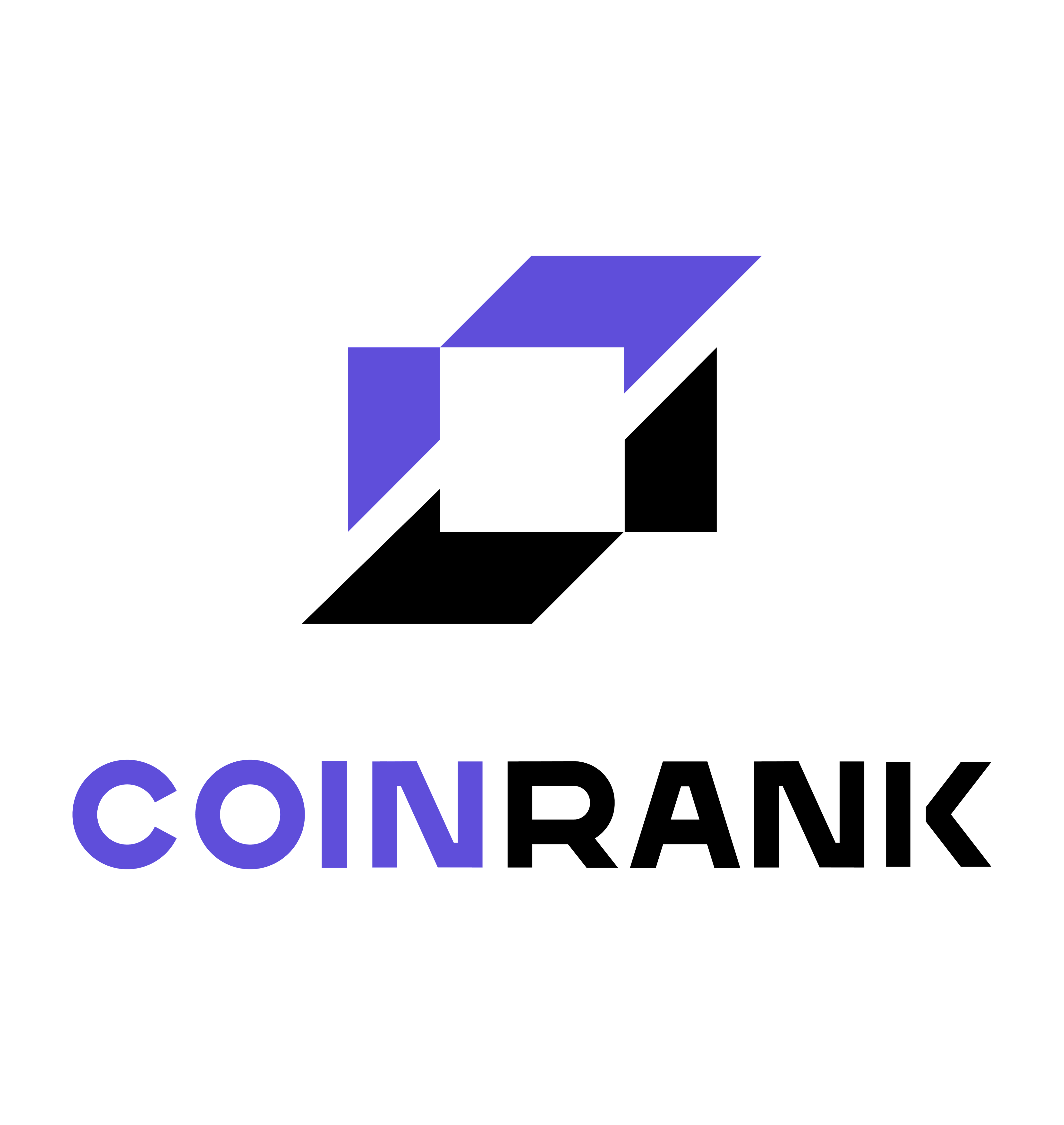
KEYTAKEAWAYS
- Vitalik Buterin emphasized "light node friendliness" for Ethereum's future and praised Hong Kong's regulatory approach as a sandbox for compliant DeFi development.
- Layer 2 solutions dominated discussions, with debates between fragmentation versus specialization approaches and new cross-chain messaging protocols gaining attention.
- Real-world applications are expanding in Asia, including enterprise wallets in Hong Kong's food supply chain and Thailand's agricultural insurance using zero-knowledge proofs.

CONTENT
ETHAsia 2025 gathered Ethereum innovators in Hong Kong, featuring Vitalik Buterin discussing L1 evolution, heated Layer 2 debates, and showcasing Asia’s pivotal role in developing real-world blockchain applications.
On April 9, 2025, the ETHAsia event, jointly initiated by Wanxiang Blockchain Lab, HashKey Group, SNZ Holding, and other institutions, served as a core component of the Hong Kong Web3 Festival. With high-caliber topics and full ecosystem participation, it became the annual gathering for Ethereum developers and innovators in Asia.
From Vitalik Buterin‘s L1 outlook to Layer2 interoperability debates, from account abstraction practices to real-world application cases, this event not only presented the latest developments in the Ethereum technology stack but also revealed the key role of the Asian community in the ecosystem’s evolution.
ETHEREUM’S EVOLUTION THEORY AND ASIAN OPPORTUNITIES
Wanxiang Blockchain Lab Executive Chairman Feng Xiao’s keynote speech “Public Chains, New Generation Financial Infrastructure” kicked off ETHAsia 2025, starting with an explanation of “what constitutes infrastructure” and describing Ethereum’s grand narrative and future direction.
The subsequent three thematic speeches constituted a technical overview:
- Vitalik Buterin proposed in “The Future of Ethereum L1” that “light node friendliness” will be the core of the next stage upgrade, and revealed that research on “quantum-resistant signature algorithms” has entered the testnet phase;
- Ethereum Foundation Co-Executive Director Hsiao-Wei Wang used “resilience” as a keyword to analyze Ethereum’s adaptive strategies under regulatory pressure;
- Devansh Mehta announced that the foundation will launch the “Deep Funding” program, allocating $5 million annually to support the development of regional public goods in Asia.
Vitalik specifically mentioned that Hong Kong’s virtual asset policy “provides a reusable regulatory sandbox for compliant DeFi,” suggesting that Asia might give birth to prototypes of next-generation financial protocols.

LAYER2 COMPETITION ERA, INTEROPERABILITY BECOMES A KEY BATTLEFIELD
The roundtable forum at 2:00 PM ignited the entire venue. Moderated by Altlayer founder YQ Jia, Vitalik, StarkWare CEO Eli Ben-Sasson, and Offchain Labs Chief Scientist Ed Felten debated on “How L2 Can Collaboratively Enhance Ethereum.”
- Vitalik insisted that “fragmentation is a transitional phase,” proposing an ultimate solution of “shared sequencers + unified proof market”;
- Eli countered that “specialized chains are the answer to scaling,” demonstrating on-site StarkEx’s use case of ten thousand transactions per second simulated at HKEX;
- Hyperlane co-founder Nam Chu Hoai’s subsequently released cross-chain messaging protocol was praised as “the implementation closest to Vitalik’s vision currently.”
Industry Signal: DRK Lab founder Audrey Tang revealed after the meeting that their team is developing an RWA protocol framework compatible with multiple L2s, “like Hong Kong’s Octopus card, where users don’t need to perceive differences in underlying chains.”
FROM TECHNICAL INFRASTRUCTURE TO REAL-WORLD USE CASES
“What’s missing now isn’t technology, but killer application scenarios.” — SNZ Holding CIO Gavin Wang threw out this sharp viewpoint at the 3:00 PM roundtable. This discussion, gathering builders including HashKey Chain CEO Kay and Taiko co-founder Terence Lam, focused on three major breakthrough points:
Account Abstraction Popularization: The “gas-free enterprise wallet” showcased by imToken Labs’ Jason Cui has been integrated into Hong Kong’s food service supply chain, with monthly active merchants exceeding 2,000;
AI Agent Economy: Gitcoin founder Scott Moore predicted that “50% of on-chain transactions in the future will be automatically initiated by AI wallets”;
Compliance Gateway: OKX Product Director Felix revealed that their platform will soon launch an “institutional-grade DeFi gateway,” supporting direct mapping of traditional financial positions to on-chain.
Case Sample: The Thailand agricultural insurance DApp introduced by EthPadThai initiator Leo achieves minute-level claims settlement through Ethereum + zero-knowledge proofs, covering three times as many farmers as traditional insurance.
CLOSING DIALOGUE: THE NEXT CHAPTER OF EAST AND WEST
The 5:00 PM fireside chat became an intellectual feast. Wanxiang Blockchain Chairman and HashKey Group CEO Dr. Xiao Feng engaged in a dialogue with Vitalik on “Ethereum’s Eastern Narrative”:
- Xiao Feng pointed out that “Asia’s mobile internet penetration rate and government digital policies provide a unique testing ground for Web3”;
- Vitalik responded that “the next billion users may come from non-financial scenarios,” even praising the Philippines gaming guild Yield Guild’s on-chain credit system practices;
- Both agreed that “Hong Kong’s ‘One Country, Two Systems’ framework can explore breakthrough use cases in cross-border settlement, data flow, and other areas.”
ETHAsia concluded successfully. We seem to feel that while the West is discussing technology, Asia is already building ecosystems. ETHAsia proves that this region is not just a market, but also a source of innovation.
▶ Buy Crypto at Bitget
CoinRank x Bitget – Sign up & Trade to get $20!

















